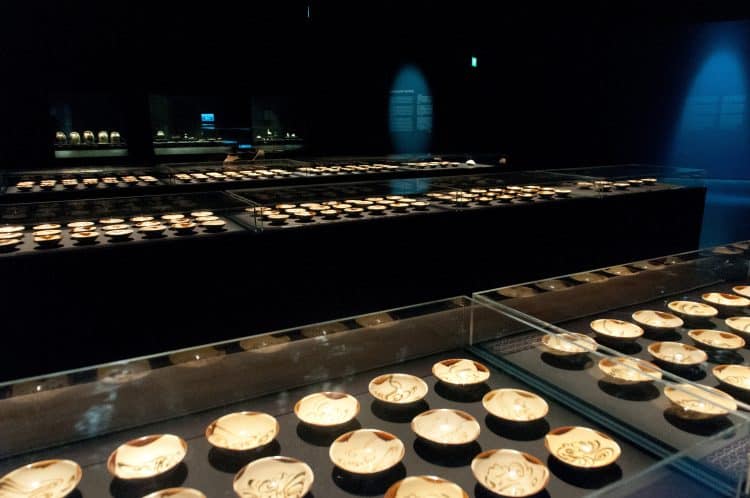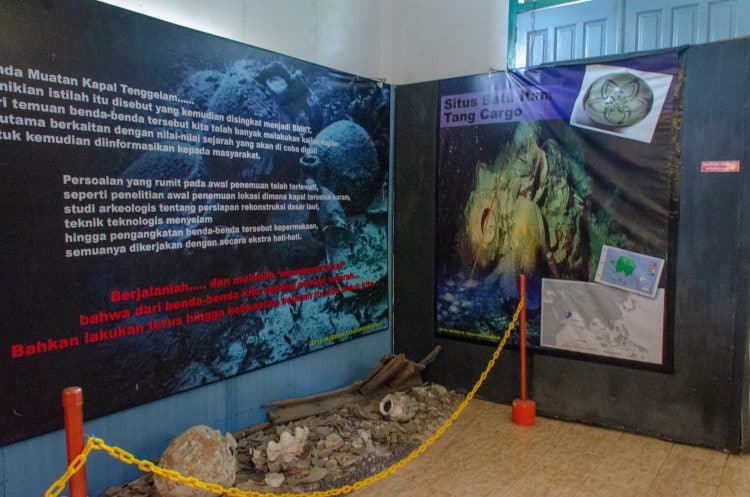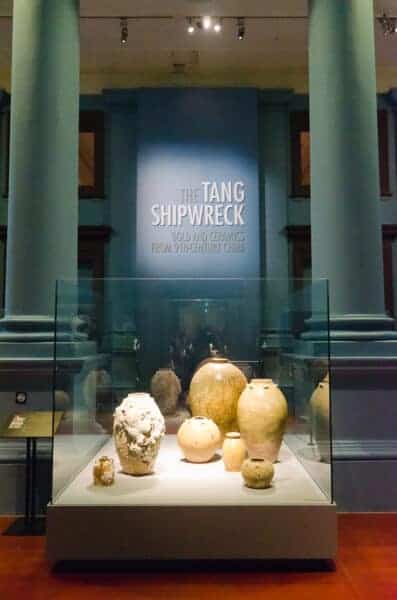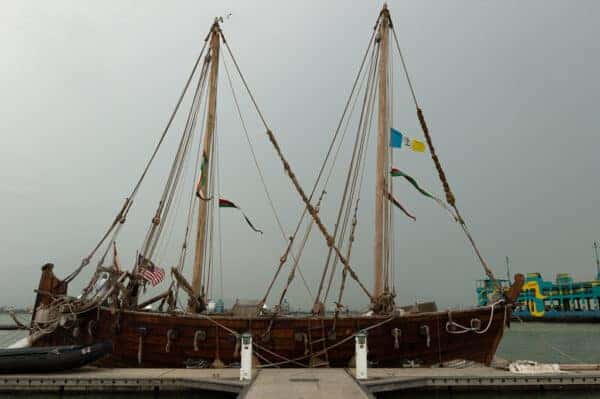Note: This article first appeared on my newsletter Southeast Asian Archaeology on September 21, 2023. Sign up! It’s free!
My relationship with the Belitung Shipwreck is one of ambivalence. I was introduced to it in 2006 during the nascent days of running Southeast Asian Archaeology, and I’ve since experienced its multifaceted narrative—from reading and hearing about it in lecturers, boarding the Jewel of Muscat, a re-creation of the Arab dhow inspired by the Belitung, and seeing the treasures exhibited at both the ArtScience Museum and the Asian Civilisations Museum. The acquisition of the almost-intact collection by the Singapore government and the ensuing exhibition controversy further added to my ambivalence because it is now part of the national collection but I don’t feel any particular connection to it.

Natali Pearson’s “Belitung: Afterlives of a Shipwreck” unravels the backstories behind these episodic encounters. As a Singaporean, the undertones of neocolonialism in the Belitung’s odyssey are unsettling. Yet, Pearson’s assertion—that the Belitung’s recovery and exhibitions might represent the best outcome given the circumstances—resonates with a begrudging agreement.
The title “Afterlives” presciently maps the book’s course, chronicling the Belitung’s various phases. The initial chapters illuminate the ship’s significance during its historical period at the end of the 9th century, emphasizing its transnational character. Pearson adeptly navigates the archaeological research to give us an idea of the ship’s construction, diverse cargo, and the people behind the voyage.
“Provenanced,” the third chapter, delves into the salvage operation. While technically legal, it was mired in challenges, from ownership disputes to legislative inadequacies. Pearson’s insights into the ethical dilemmas of the salvage, especially the quandary of leaving artifacts on the seabed, are particularly striking. The commercial salvage, she suggests, was perhaps the “least destructive option at the time”.

The narrative then shifts to the Belitung collection’s voyage to Singapore. Initially perceived as an economic boon, the collection’s acquisition by the Singapore Tourism Board aimed for a blockbuster traveling exhibition. This ambition hit a snag when the Smithsonian, the first stop of the exhibition, withdrew over ethical concerns. Pearson’s balanced narrative is commendable. She navigates the ethical minefields, elucidating different stakeholder motivations.
Singapore’s acquisition of the collection also saw a rebranding of the Belitung Shipwreck to the Tang Treasures, which I always thought was a way to divert attention from the Indonesian origin of the wreck (its first name was the Batu Itam!) to a more international trade route narrative befitting of Singapore. However, the book also addresses Indonesia’s stance on the Belitung, viewing it as “not Indonesian” because of its construction and its cargo. This sentiment echoes the treatment of other wrecks, notably the recent desecration of World War II war graves in Indonesian waters.

Reflecting on the Smithsonian controversy a decade ago, I likened the exhibition to Sharks’ Fin Soup:
I won’t order it or serve it myself, but if I’m at a wedding dinner and that’s what gets served to me because it’s a cultural norm, I won’t waste the food. So, display the artefacts. The damage has already been done, and like most archaeological processes it’s irreversible. Learn from the ethical shortcomings of this example, hey even make it part of the exhibition narrative. But show the artefacts to the world because they are pretty marvellous. And then tell your friends to not serve shark’s fin soup at their weddings.
I believe the analogy still holds. In “Reimagined,” the final chapter, the Belitung collection undergoes a transformation from a commercial asset to a national treasure. This shift reframed the collection and housed them permanently in the Asian Civilisations Museum. International exhibitions have resumed, but are more overtly acknowledging the controversy surrounding its recovery while fostering public engagement.

In summation, “Belitung: Afterlives of a Shipwreck” is a deep dive case study in maritime archaeology, heritage, and ethics. Pearson’s intricate narrative offers a deep dive into the Belitung’s saga, making it essential reading for those intrigued by the delicate balance of history, heritage, and ethics in underwater archaeology. Pearson’s core thesis—that museums can merit showcasing commercially salvaged UCH, but must critically evaluate the ethical facets of its recovery—is put to the test with the Belitung case.
Natali Pearson, Belitung: The Afterlives of a Shipwreck. 2023. University of Hawaii Press and National University of Singapore Press.

























